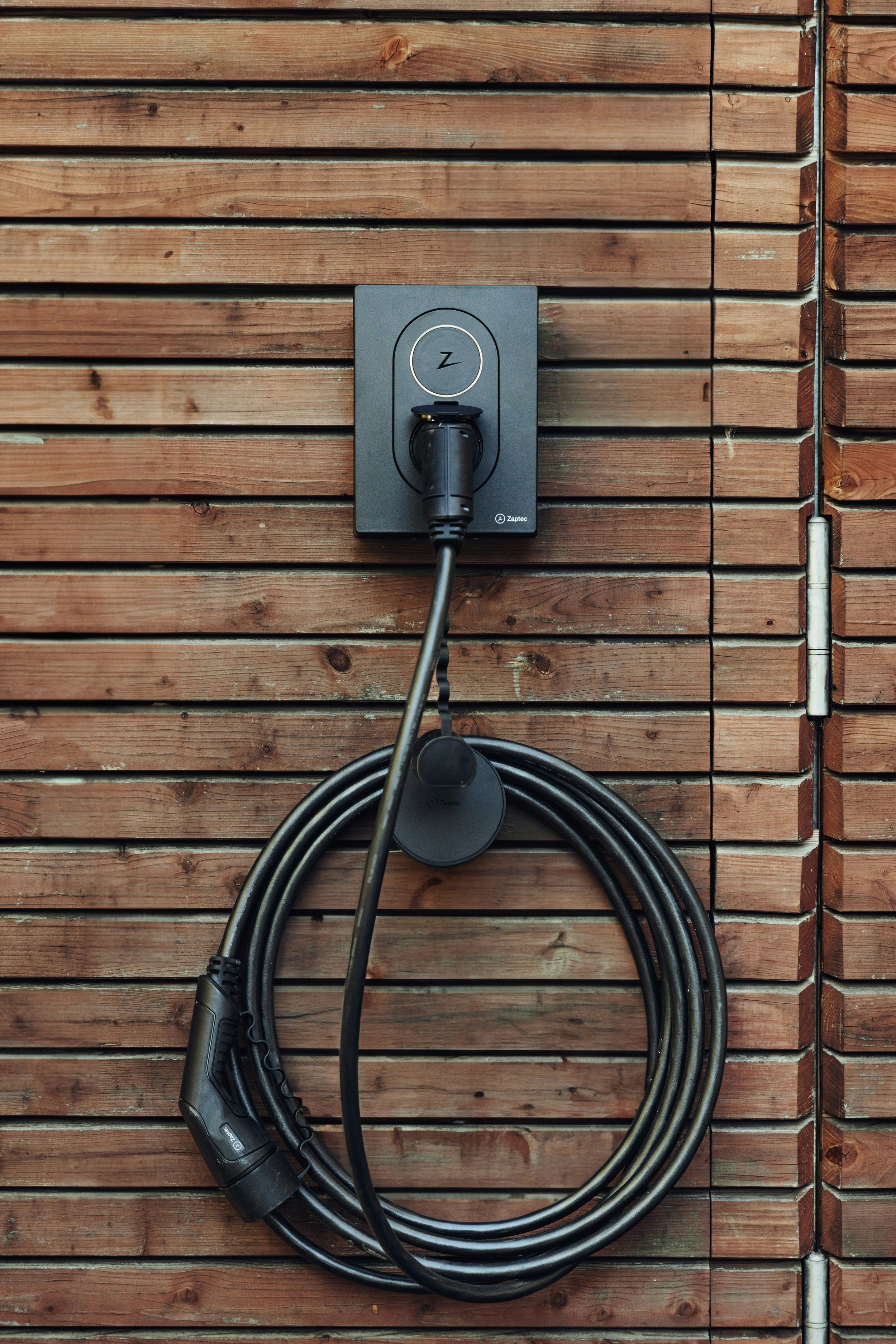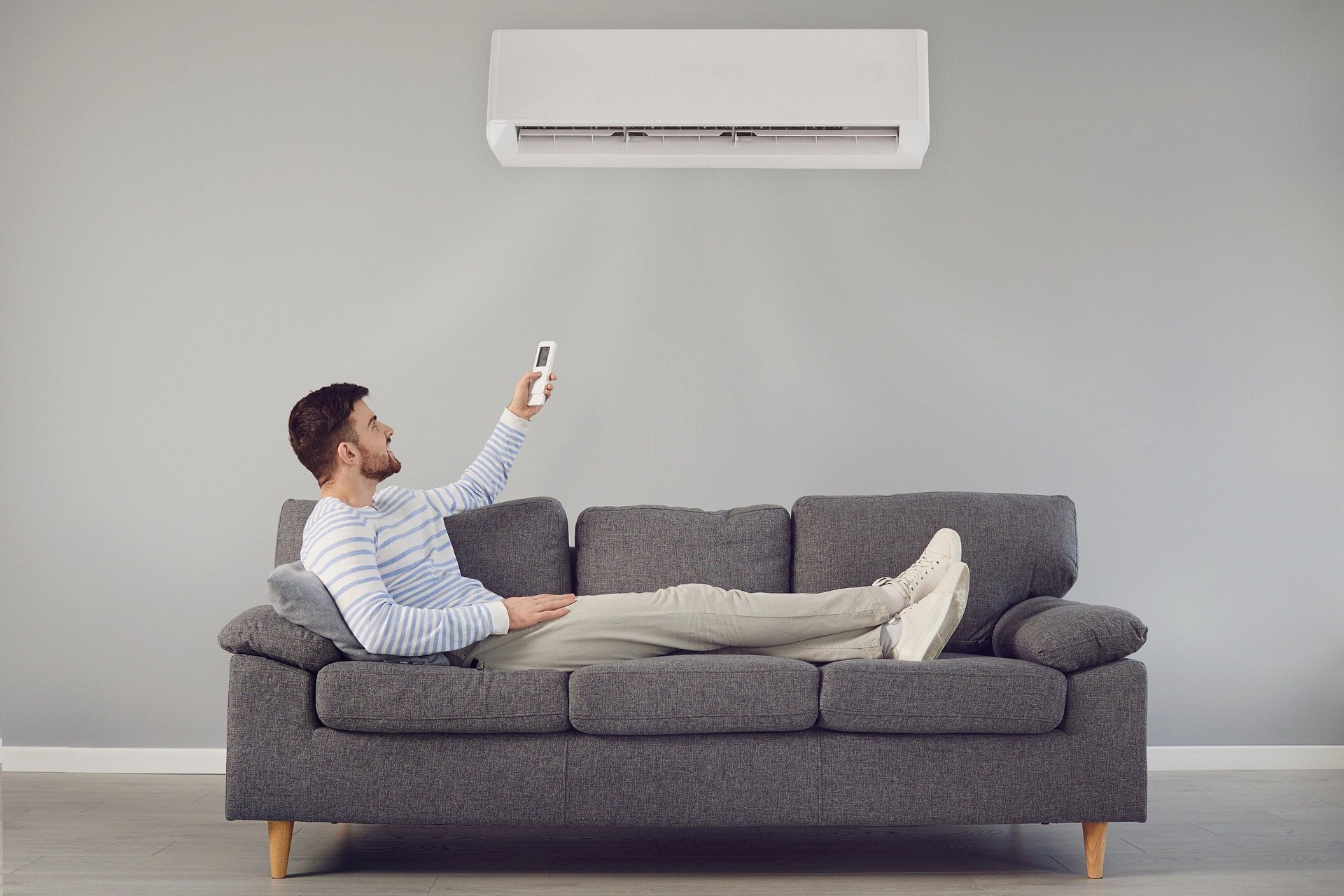Why Your Emergency Power Plan Isn’t Working (and How to Fix It)
Discover why your emergency power plan might fail and learn practical solutions to ensure reliable backup power when you need it most.
When the power goes out unexpectedly, your emergency plan should kick in and keep everything running smoothly—at least in theory. But too often, people discover that what they thought was a solid backup plan falls short when it’s actually needed. Whether it’s a generator that won’t start, a torch that’s out of batteries, or simply not having the right equipment on hand, the gaps in your plan only become obvious during a crisis.
If you’ve already invested in backup power like generators from Sydney Tools, you’re on the right track. But having the equipment is only one part of the equation. Here’s why your emergency power setup might not be working—and what you can do to fix it before the next blackout strikes.
You Haven’t Tested Your Setup
One of the most common issues is that people don’t test their backup power systems until an outage occurs. A generator might have sat idle for months (or years), only to fail when it’s finally switched on. Likewise, batteries in torches or radios can drain without warning.
Fix it:
Run a test of your generator every few months to ensure it’s functional
Store fuel properly and check expiry dates—old fuel can prevent your generator from starting
Charge power banks, test solar chargers, and replace batteries in all backup devices regularly
Treat your emergency kit like any other system that needs maintenance. If you wouldn’t let your car go a year without a check-up, don’t do it with your generator or power gear either.
You Don’t Know What to Power First
Even with a working generator, confusion about what to power can result in blown fuses or overwhelmed circuits. Many people plug in too many appliances or don’t prioritise essentials like fridges or medical devices.
Fix it:
Make a list of priority items that need power during an outage (e.g., fridge, modem, lights, medical equipment)
Know how much power each item consumes and ensure your generator can handle the combined load
Label cords or use a dedicated power board for quick and safe setup during an outage
Having a plan for what to plug in first will save time and stress when the lights go out.
You’re Missing Key Accessories
Owning a generator is great, but it’s not much use if you don’t have the right cords, adaptors, or fuel. Similarly, it’s common to forget about essentials like extension leads, weatherproof covers, or even ear protection.
Fix it:
Create a checklist of everything needed to run your generator safely and efficiently
Store accessories together in a waterproof container for quick access
Include items like gloves, fuel stabiliser, a funnel, and clear operating instructions
You’ll thank yourself for making it easy to find everything in one place when the power cuts out.
Your Generator Isn’t Positioned Safely
Running a generator inside a garage or too close to the house is not only ineffective—it’s dangerous. Poor ventilation can lead to carbon monoxide build-up, which is invisible, odourless, and potentially deadly.
Fix it:
Always operate your generator outdoors, in a well-ventilated area, and far from windows or vents
Use weather covers if rain is forecast but never enclose the generator while it’s running
Consider a lock or security cable if the generator will be left unattended
Safety should be at the core of every emergency setup, especially when working with fuel and power.
You’re Relying on One Backup Option
A generator is a great solution—but if it’s your only plan, you’re vulnerable if it fails. Maybe the fuel runs out, or the weather prevents safe use outdoors. That’s why redundancy matters.
Fix it:
Keep power banks, rechargeable lanterns, and solar lights as secondary options
Stock extra batteries, torches, and manual tools for essential tasks
Have a battery-powered or wind-up radio on hand for emergency updates
A well-rounded emergency plan includes more than one way to stay powered and informed. Don’t wait until you’re sitting in the dark to realise what’s missing. With the right equipment, routine testing, and a little forward planning, your emergency power plan can become something you can genuinely rely on.






